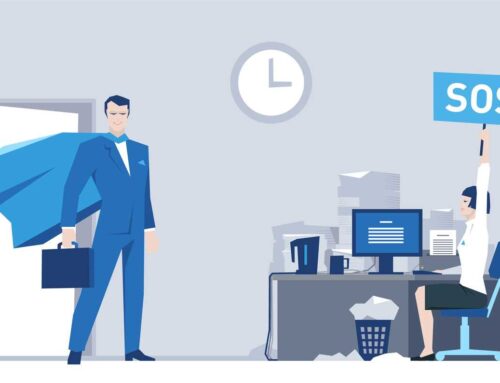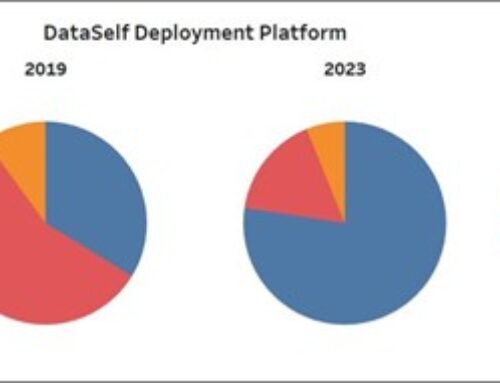Why implementing a New ERP might not be as painful as you think
SMB Executives and their teams tremble as the thought of modernizing their ERP and business management systems. Even with the benefits of greater productivity, easier access to critical data and a contemporary user experience, it can be tough to overlook the costs, potential down time and training required to get employees up to speed on the new system.
What often prompts a need to update or switch platforms is the need for comprehensive data, complete access to data, data discovery, self-service Business Intelligence (BI), or some other functionality. In the process of exploring the best options, executives seeking to solve these can uncover a few pleasant surprises.
Surprise #1
You can keep you old ERP and have good reporting, too!
Let’s face it, there are good reasons to to leave the old ERP in place. It works and it’s paid for. You know all its quirks. Its shortcomings are clear too. It balks at having anything to do with mobiles devices and data discovery. It produces nothing but simple reports on monitors and on printouts.
Any jump from that stolid – if old fashioned – platform looks like a crap shoot, especially if the old one hasn’t been updated since the turn of the century.
One option is to keep the old ERP ticking like the Energizer Bunny, and simply outfit a data warehouse to “sit on the top.” This way, you get new, fast, and powerful reporting and data discovery using data from the old ERP. You’ve minimized your costs and team member learning time while maximizing the value of your legacy investment.
Surprise #2
A data warehouse can give you the best of your old and new systems!
Sometime there’s no getting around it; an organization has good reasons to tear out the old ERP by its roots and start fresh. So they grit their teeth and brace themselves for the pain of replatforming their software.
A common pain for many SMBs transitioning to a new ERP system is transferring historical data. Transferring it can be time consuming and many opt out to add only aggregated data to the new system. Total balances and sales, for example, might be added, but the detail is left behind.
This choice eliminates the ability for fine historical analysis. Individual GL transactions, sales, invoices, purchases, inventory moves, payroll transactions often start at zero in the new systems. Every historical analysis is a slow and painful job of running different reports from different data sets (live and legacy tables) and then combining them.
But executives who have implemented a data warehouse discover that this transition is actually smooth. By having a data warehouse, it’s easy for the old ERP system’s data to be extracted, transformed to suit the new system, and then merged with the new system’s sata.
In one swoop, the old and new transactions are all together for fast, seamless and easy historical analysis. If IDs like general ledger account numbers or customer numbers no longer match, no problem. Conversion tables map the old IDs to the new, and the new system runs the new data as if it was always there.
Wherever your business is on the software transitioning spectrum, consider how using a data warehouse can help you get more out of your existing system and make your replatforming experience – when time comes – as smooth as it can possibly be.
DataSelf provides tools, templates and processes that can dramatically simplify your ERP replatforming data warehousing and analytics needs. Please consult your DataSelf representative.





